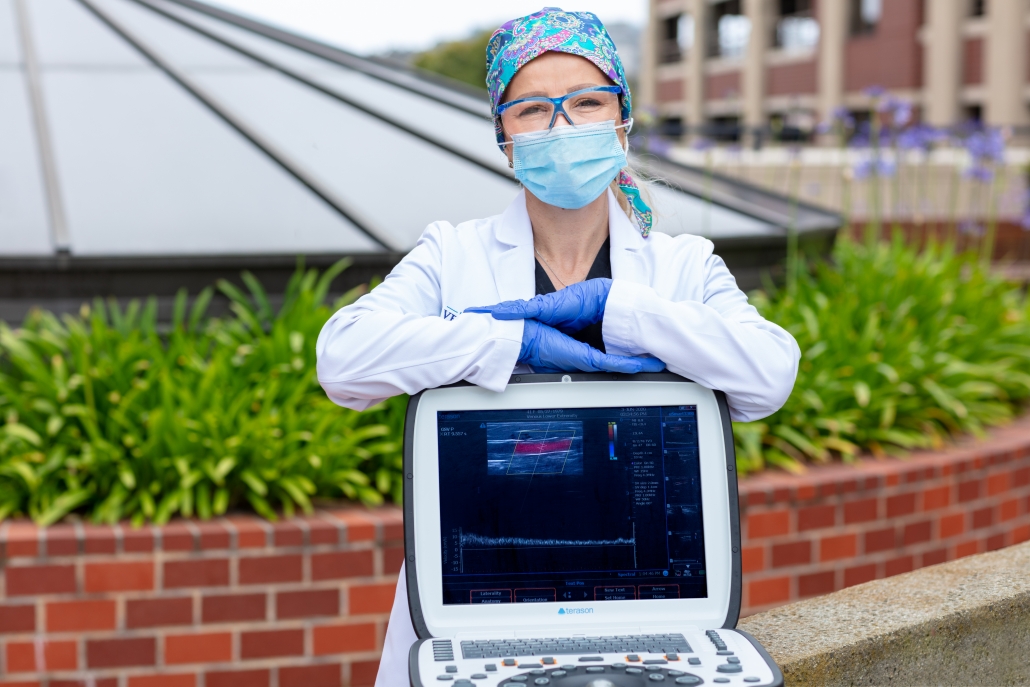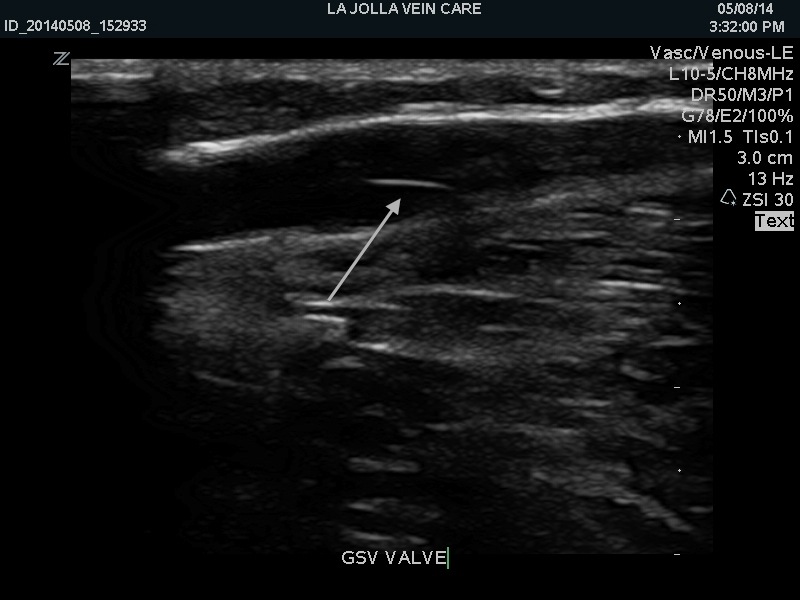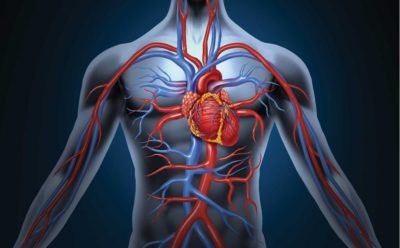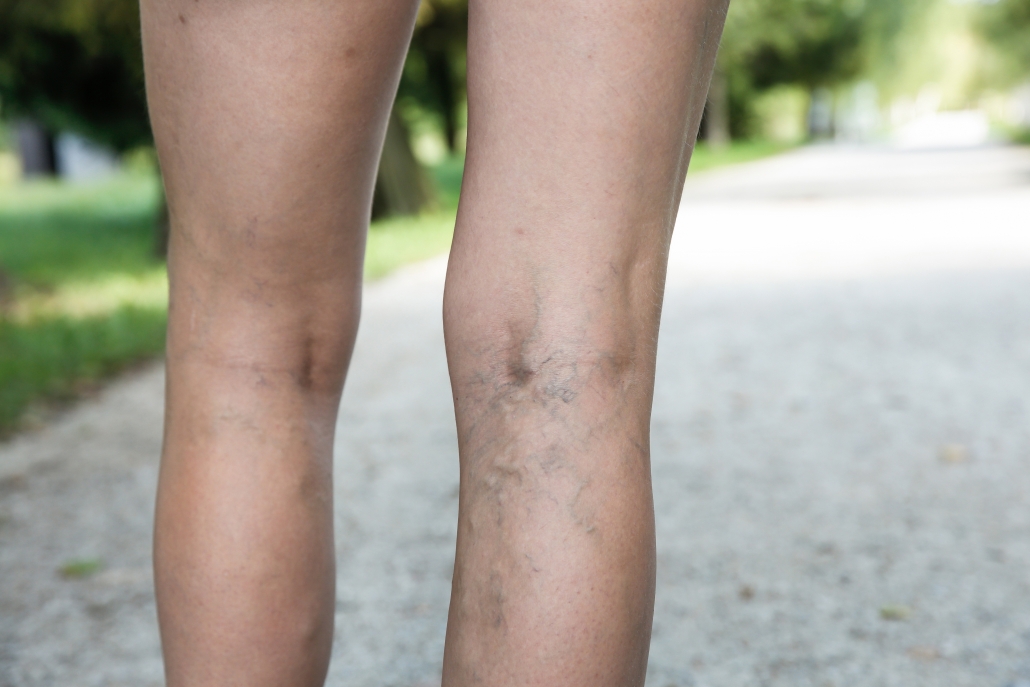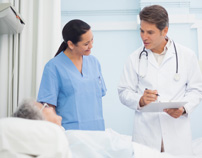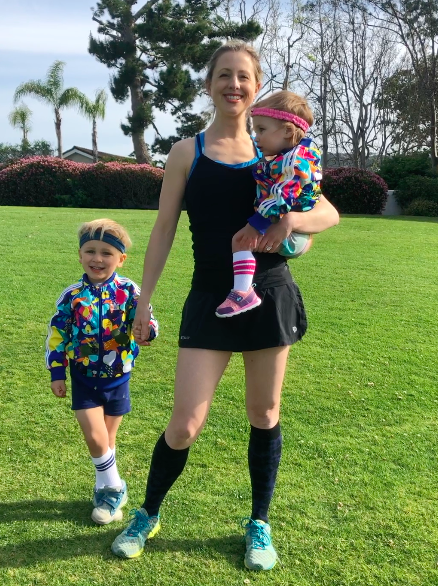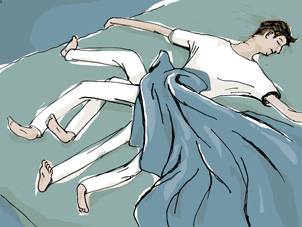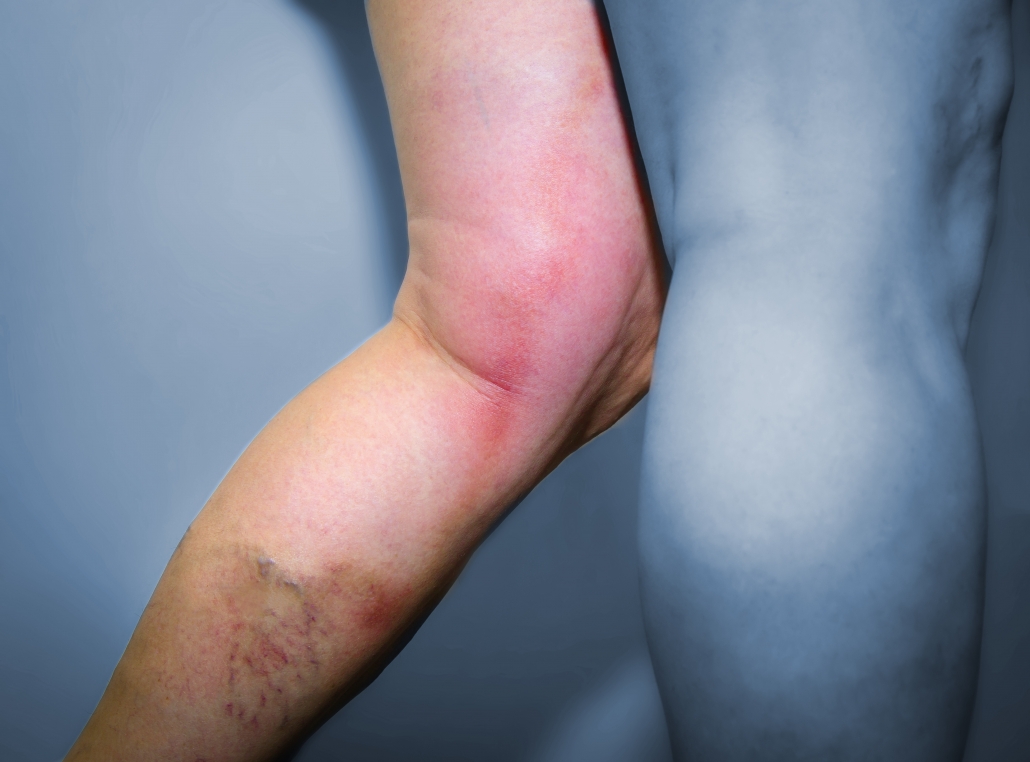Vein Care Delivered To Your Home: In-home ultrasound diagnostics
Nisha Bunke2020-08-19T01:11:28-07:00We now offer mobile ultrasound services!
Right now we want you to stay home. But, that won’t stop us from helping you!
Enjoy a thorough vascular assessment from the convenience of your own home.
- Have your physician consultation, conservative management or follow-up visit by telemedicine (video) or by telephone (it’s your preference!).
- For the ultrasound portion, our Registered Vascular Technologist (RVT) will bring the same hospital grade quality ultrasound technology to your home, while taking proper COVID precautions and utilizing personal protective equipment (PPE).
Ultrasound Services include:
- Complete venous reflux study and vein mapping
- Deep Venous Thrombosis (DVT study for blood clots)
- Arterial study of the legs
- Follow-up, post-procedure checks
- Carotid Artery Screening
- Abdominal Aortic Aneurysm Screening
Whether you have immediate concerns about leg pain, discomfort, blood clots, or are looking for a first-time consultation or continued follow-up care, we are here for you.
Call now to schedule your in-home ultrasound diagnostics and physician telemedicine visit.
Call 858-550-0330

